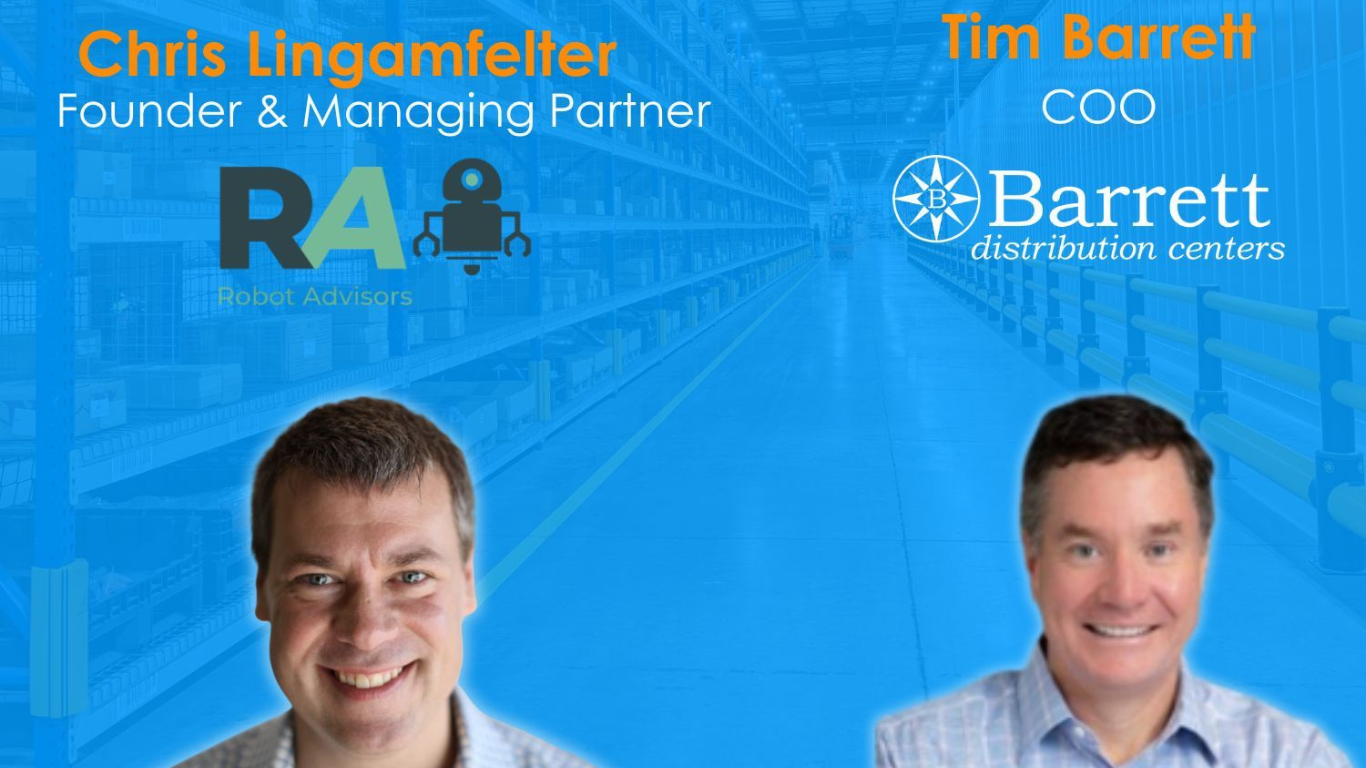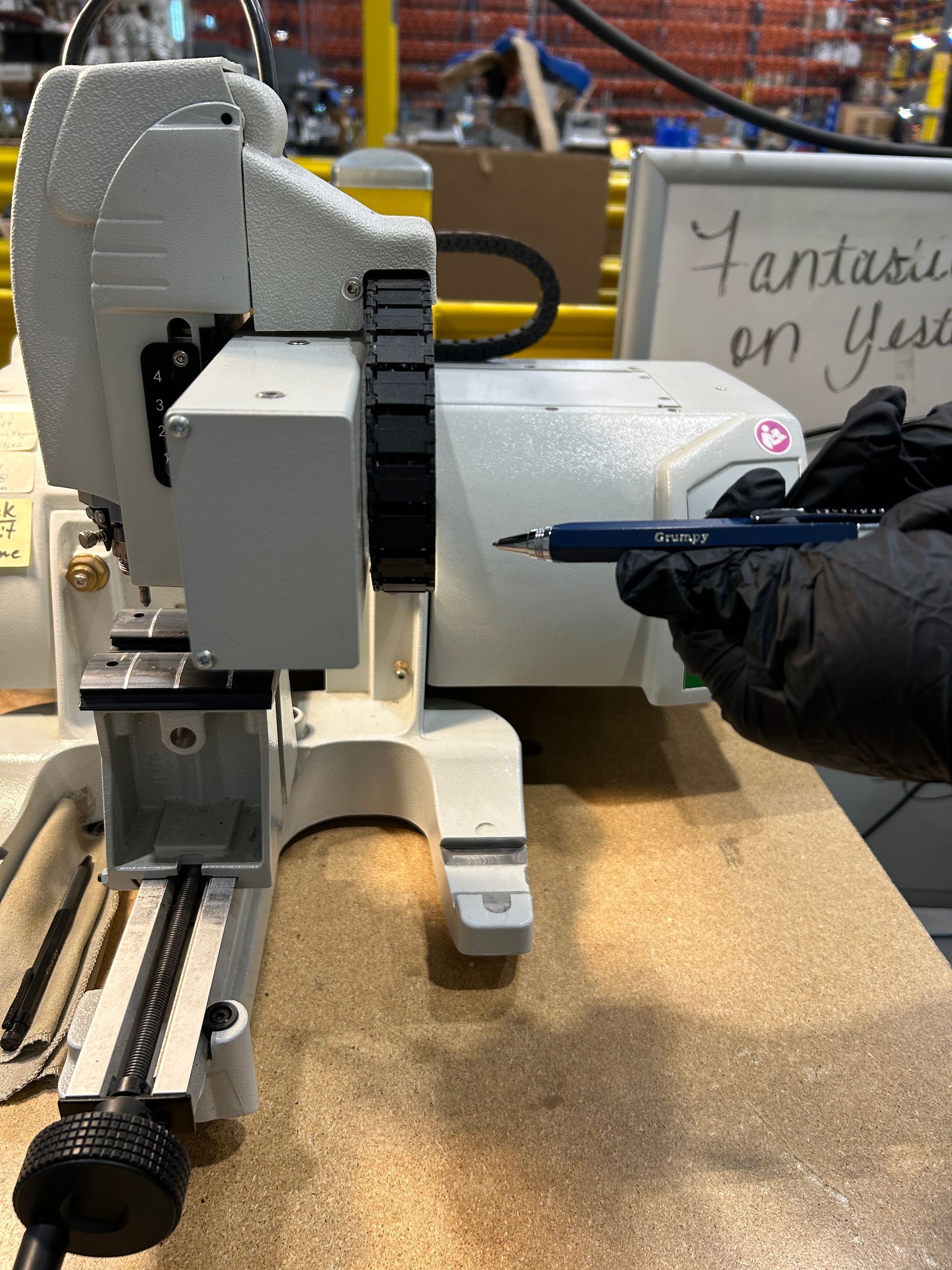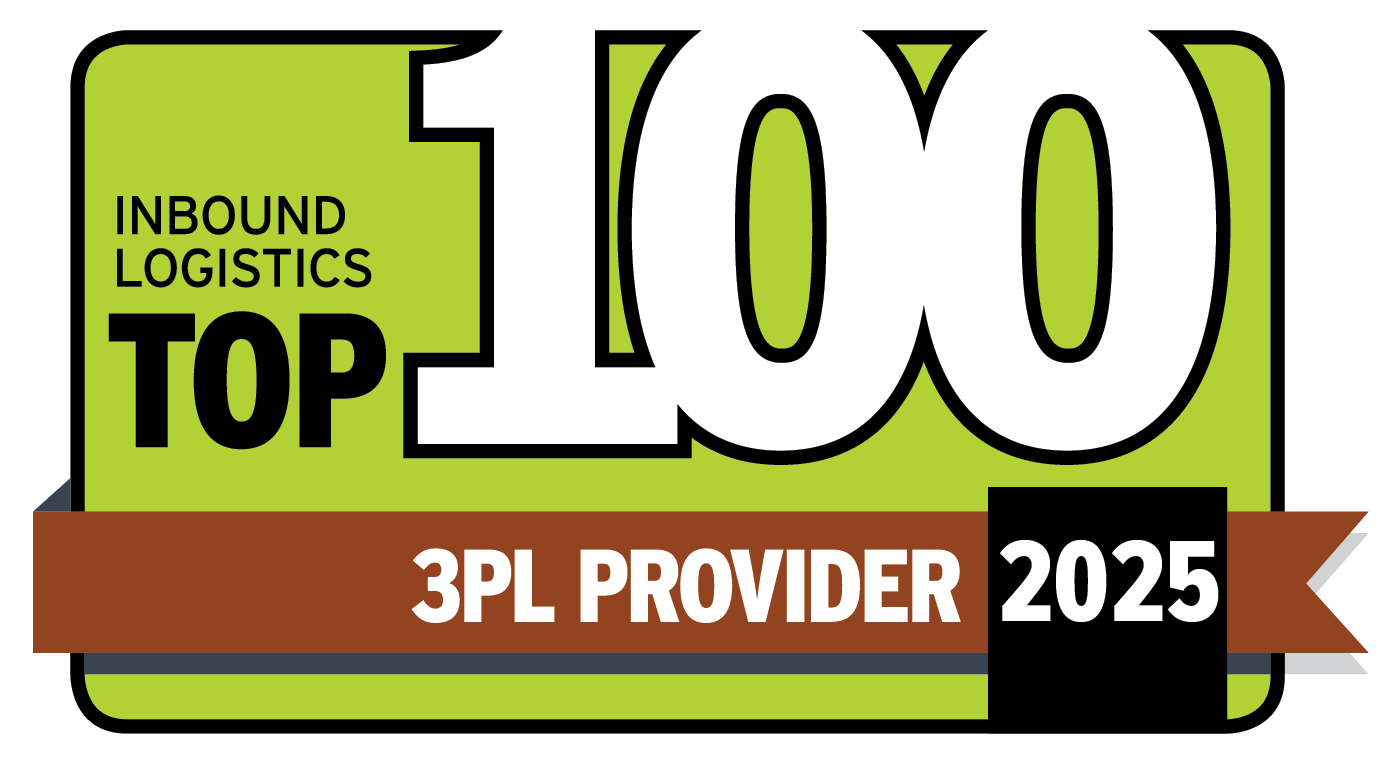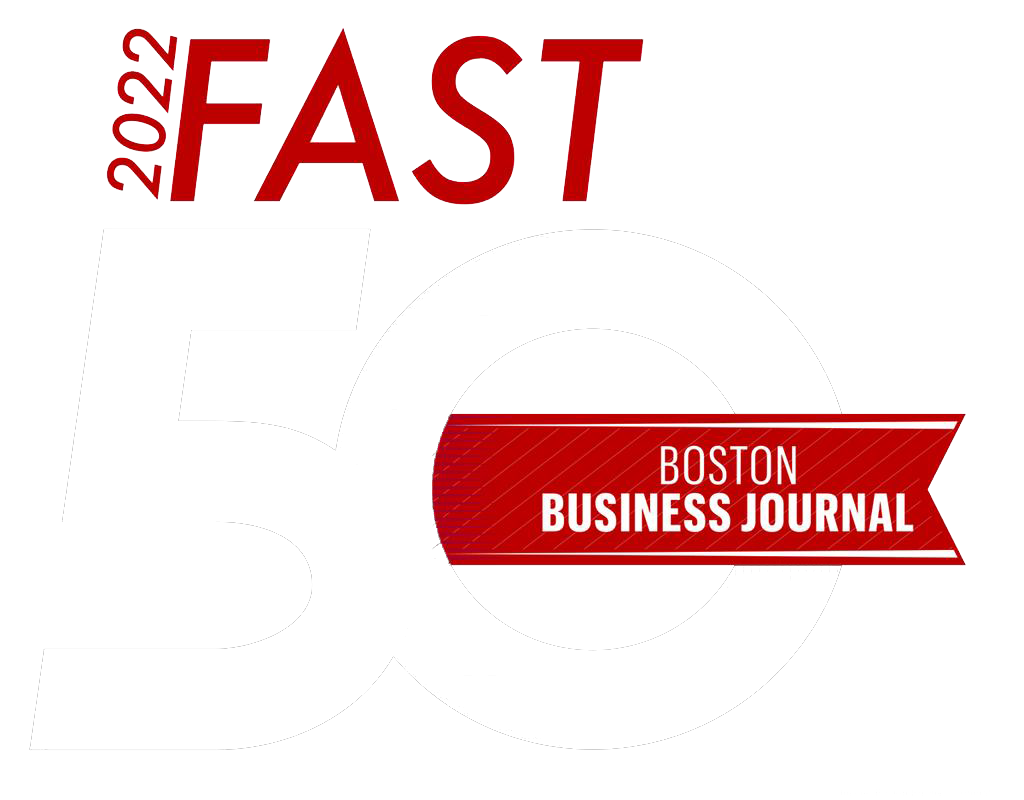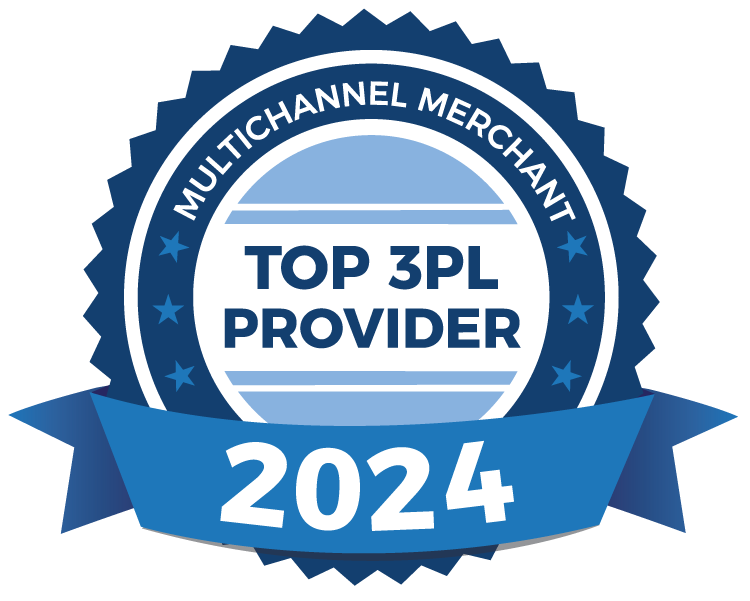The Perfect Order: Mastering E-commerce Order Fulfillment for High-Growth Brands
Crafting Excellence in E-commerce: A Guide to Achieving the Perfect Order with Barrett Distribution
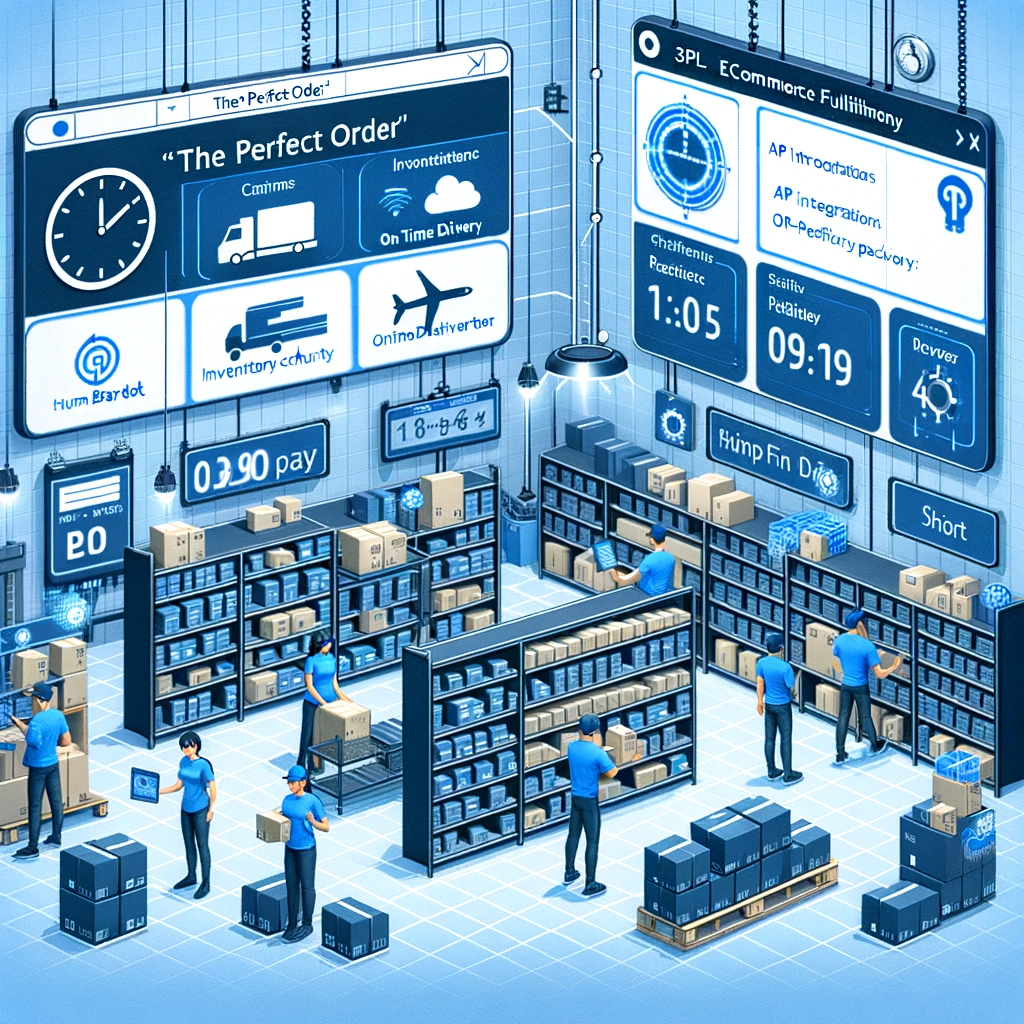
As a Third-Party Logistics (3PL) provider catering to rapidly expanding e-commerce brands, Barrett Distribution understands that the concept of "the perfect order" is not just an ideal, but a necessary benchmark in today’s competitive marketplace. Achieving this perfection is a symphony of precision, efficiency, and customer-centric strategies.
Understanding the Perfect Order
The perfect order begins with flawless order accuracy. This means ensuring that every item shipped matches the customer's request in type, quantity, and quality. It's about getting the right products to the right people at the right time.
Inventory Management: The Backbone of Order Accuracy
Effective inventory management is critical. This involves real-time tracking, accurate forecasting, and minimizing stock discrepancies. With high-growth e-commerce brands, the ability to scale inventory management processes is vital to accommodate fluctuating demands while maintaining order accuracy.
Seamless Integration with Technology
Leveraging advanced technology for seamless integration across various platforms is key. This includes integrating with e-commerce platforms, inventory management systems, and shipping carriers. Automation in picking and packing processes not only speeds up order fulfillment but also reduces human error, contributing to the perfect order.
Speed and Efficiency in Fulfillment
In the e-commerce world, speed is currency. Quick order processing, efficient picking and packing, and fast shipping are non-negotiable. But speed should never compromise accuracy. Balancing these two aspects is a hallmark of an adept 3PL provider.
Customization and Value-Added Services
Customization in packaging and offering value-added services like kitting or personalized notes enhances the unboxing experience, which is pivotal in brand loyalty and customer satisfaction.
Returns Management: Completing the Cycle
An often-overlooked aspect of the perfect order is efficient returns management. A smooth, hassle-free return process is essential for customer retention and reinforces brand reliability.
Sustainable Practices
Sustainability is increasingly becoming a part of the perfect order. Implementing eco-friendly practices in packaging and logistics not only appeals to environmentally conscious consumers but also contributes to corporate social responsibility.
Data-Driven Decision Making
Finally, leveraging data analytics for continuous improvement is crucial. By analyzing order fulfillment data, e-commerce brands can identify trends, anticipate issues, and make informed decisions to enhance the overall efficiency of the supply chain.
In conclusion, as your trusted partner in e-commerce growth, Barrett Distribution is dedicated to turning the perfect order into a standard practice for your business. If you're ready to elevate your order fulfillment process and propel your brand to new heights, we invite you to take the first step. Browse our website, explore our innovative solutions, and fill out our contact form today. Let's collaborate to create a seamless, efficient, and customer-centric fulfillment experience that drives your brand forward. Your journey towards perfection in e-commerce fulfillment starts here with Barrett Distribution.
Recent Blog Posts
